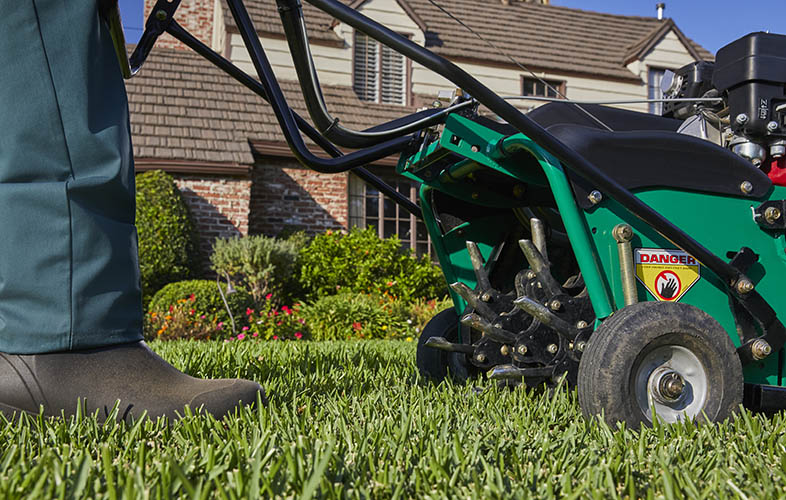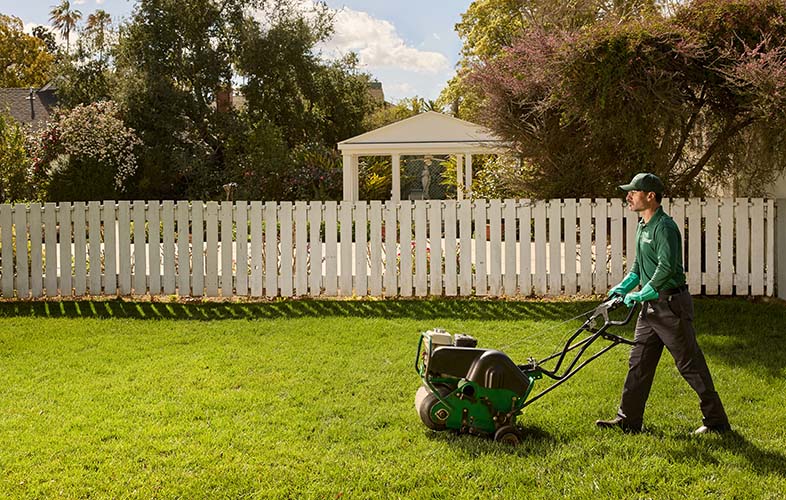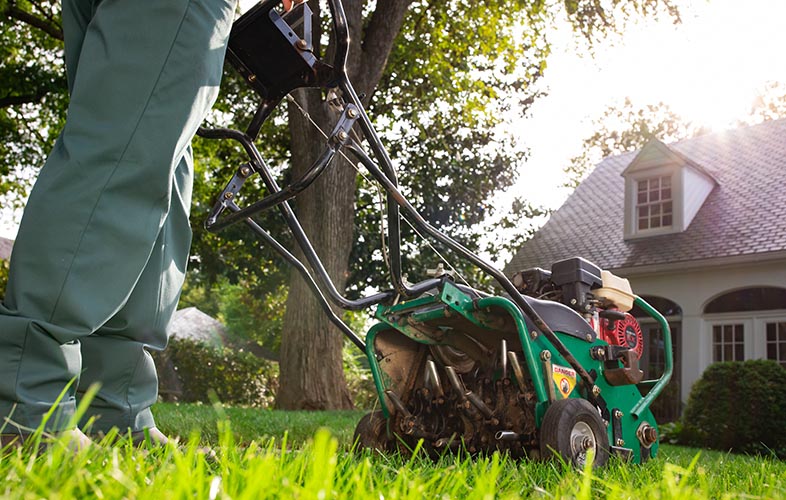Think of aerating and fertilizing your lawn like going to the dentist. Just like your teeth, your lawn needs daily care, like watering and sunshine. About twice a year, though, your lawn (and teeth) need some help from professionals. Aerating and fertilizing is that twice-a-year “deep clean” to ensure your lawn stays in tip-top shape. Aeration is a lawn treatment that pulls out “cores” or small plugs of grass and topsoil to create a small hole. With this hole, lawns can absorb more nutrients and water, and roots have more oxygen and room to grow. This is why fertilizing typically accompanies aeration. Read on to answer more common questions about when and how to aerate and fertilize your lawn.



 Branch Finder
Branch Finder














 Back to all blogs
Back to all blogs
Facebook
X
Youtube
Copy Link
Email